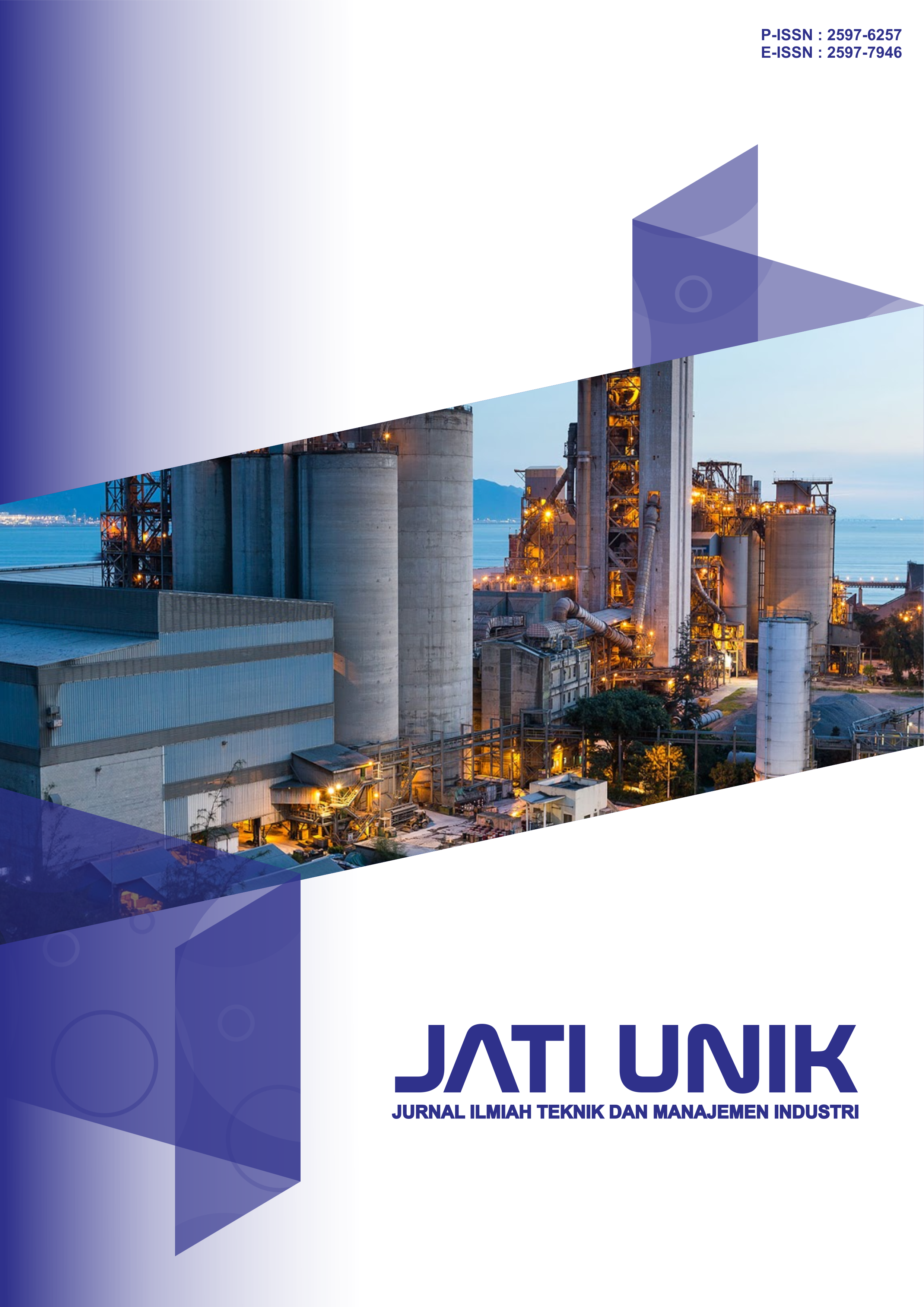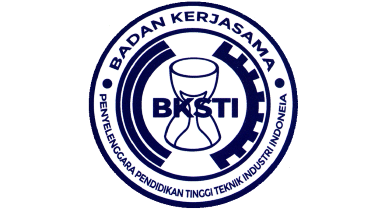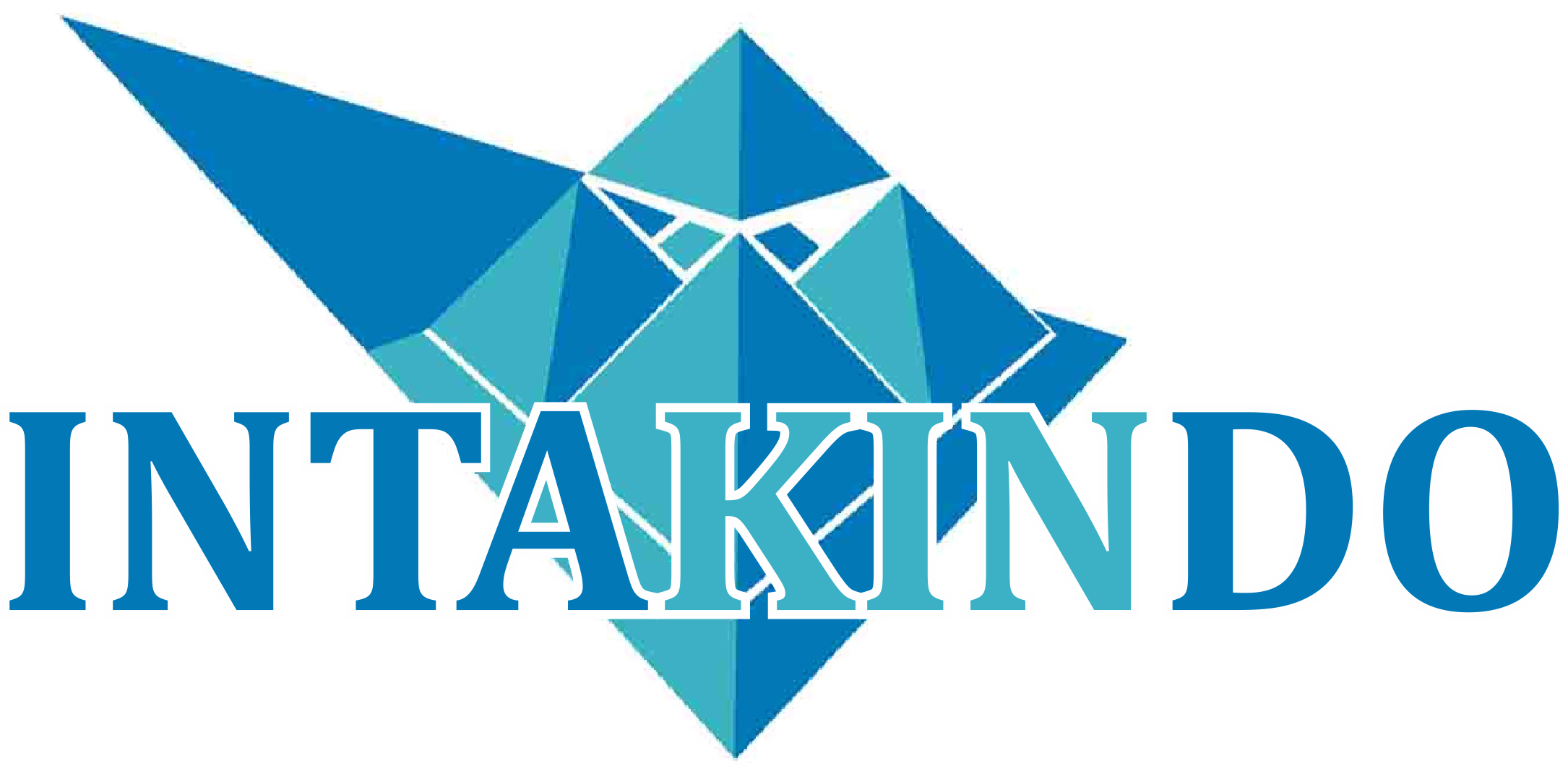Desain Eksperimen TUF Dalam Peningkatan Kualitas Garam Olahan Limbah Produksi Es dengan Metode Taguchi di PT. Putra Maesa Persada
DOI:
https://doi.org/10.30737/jatiunik.v7i1.5139Keywords:
Charcoal, Crushed coral, Palm fibers, Salt, Taguchi, TUF filtersAbstract
Indonesia has salt resources in seawater along the Java Sea coast. However, the high salt content in seawater causes difficulties for various industries that use seawater as their raw material. A Taguchi experimental design using TUF filters was carried out to determine the best TUF filter composition in producing high-quality salt. The factors considered were the compositions of three materials, namely crushed coral, charcoal, and palm fibers. The results obtained for the sample filters were analyzed using one-way ANOVA, Minitab, and the Signal-to-Noise Ratio (SNR) method. The optimal TUF filter composition was found to be 450g finely crushed coral, 350g finely crushed charcoal, and 30g palm fibers. The study results revealed that the best factor for improving salt quality was crushed coral, with a contribution of 65.63842% and an F-value of 109.3333. Charcoal also provided a significant contribution of 24.40453% with an F-value of 40.65041. However, palm fibers did not contribute significantly to improving salt quality. The optimal TUF filter composition can help improve salt quality and increase productivity while reducing costs for various industries such as food production and preservation. The optimal composition of 450g of crushed coral, 350g of charcoal, and 30g of palm fibers can significantly improve the quality of salt production. In conclusion, the use of TUF filters with the optimal composition of 450g crushed coral, 350g charcoal, and 30g palm fibers can significantly improve salt quality. This study provides insight into the potential applications of TUF filters and should encourage further exploration of the technology's potential in various industries.
References
A. Arwiyah, M. Zainuri, and M. Efendy, “Studi kandungan NaCl di dalam air baku dan garam yang dihasilkan serta produktivitas lahan garam menggunakan media meja garam yang berbeda.,” J. Kelaut. Indones. J. Mar. Sci. Technol., vol. 8, no. 1, pp. 1-9., 2015.
Y. U. Hoiriyah, “Peningkatan kualitas produksi garam menggunakan teknologi geomembran.,” J. Stud. Manaj. dan Bisnis, vol. 6, no. 2, pp. 71–76, 2019. DOI: https://doi.org/10.21107/jsmb.v6i2.6684
Y. Anggraini and A. Munandar, “Potensi Pesisir Utara Banten Sebagai Penghasil Garam.,” J. Kebijak. Pembang. Drh., vol. 1, no. 1, pp. 71–86, 2017. DOI: https://doi.org/10.37950/jkpd.v1i1.7
E. P. Estuti, W. Fauziyanti, and S. Hendrayanti, “Analisis Deskriptif dan Kuantitatif Produktivitas Garam Indonesia: Studi Kasus pada Petani Garam Kabupaten Pati,” NEM, 2021.
D. Syafikri, D. Mardhia, F. Yahya, and N. Andriyani, “Pemberdayaan Kelompok Setia Kawan dalam Produksi Garam Beryodium di Desa Labuhan Bajo, Sumbawa.,” Agrokreatif J. Ilm. Pengabdi. Kpd. Masy., vol. 6, no. 1, pp. 45–52, 2020. DOI: https://doi.org/10.29244/agrokreatif.6.1.45-52
A. K. Pranoto, A. A. Djari, R. Sewiko, L. P. Hapsari, H. Haryanto, and C. Anwar, “Percepatan Pembuatan Garam dengan Metode Sprinkle Bertingkat. PELAGICUS,” vol. 1, no. 3, pp. 107-113., 2020. DOI: https://doi.org/10.15578/plgc.v1i3.8882
R. Bramawanto and S. L. Sagala, “Meteorological and Physical Conditions of Salt Pan Areas with Filtering-Threaded Technology (TUF) in Cirebon Regency, Indonesia.,” J. Segara, vol. 12, no. 2, 2016. DOI: https://doi.org/10.15578/segara.v12i2.7678
M. Kasnir and K. Nisaa, “Feasibility study of salt industry and factor influencing the salt production in Pangkajene Kepulauan.,” Agrikan J. Agribisnis Perikan., vol. 14, no. 1, pp. 85–89, 2021. DOI: https://doi.org/10.29239/j.agrikan.14.1.85-89
W. A. Setyati, D. P. Wijayanti, D. Haryanti, and A. C. Kumoro, “Pemberdayaan Masyarakat Desa Nyamuk, Kecamatan Karimunjawa Melalui Teknologi Pembuatan Garam Menggunakan Bakteri Halofilik Dan Teknik Ulir Filter (TUF).,” Panrita Abdi-Jurnal Pengabdi. pada Masy., vol. 6, no. 3, pp. 578-586., 2022.
M. Salsabiela and J. Prayitno, “Pengaruh Penggunaan Teknologi Ulir Filter dan Geoisolator pada Produksi Garam Rakyat di Kabupaten Indramayu: Impact of the Utilization of Filter Thread Technology and Geoisolators on Salt Production in Indramayu Regency.,” J. Teknol. Lingkung., vol. 23, no. 2, pp. 207-213., 2022. DOI: https://doi.org/10.29122/jtl.v23i2.4976
H. Yasin, S. Sugito, M. A. Mukid, and A. Prahutama, “Aplikasi Teknologi Ulir Filter (TUF) dengan Media Geomembrane sebagai Upaya Peningkatan Kualitas dan Kuantitas Produksi Garam di Kabupaten Pati Jawa Tengah.,” E-Dimas J. Pengabdi. Kpd. Masy., vol. 10, no. 2, pp. 175–180, 2019. DOI: https://doi.org/10.26877/e-dimas.v10i2.3015
E. Supriyo, “Teknologi ulir filter untuk meningkatkan kualitas garam rakyat di Kabupaten Brebes.,” J. Pengabdi. Vokasi, vol. 2, no. 3, pp. 177-185., 2022.
R. Bramawanto, S. L. Sagala, I. R. Suhelmi, and H. Prihatno, “Struktur dan Komposisi Tambak Teknologi Ulir Filter untuk Peningkatan Produksi Garam Rakyat,” J. Segara, vol. 11, no. 1, 2015. DOI: https://doi.org/10.15578/segara.v11i1.9079
M. Mahendra, “Produksi Garam Rakyat Berbasis TUF Geomembran Di Kecamatan Samatiga Kabupaten Aceh Barat.,” J. Mar. Kreat., vol. 1, no. 1, 2020. DOI: https://doi.org/10.35308/.v1i1.2243
P. Halimah and Y. Ekawati, “Penerapan Metode Taguchi untuk Meningkatkan Kualitas Bata Ringan pada UD. XY Malang.,” JIEMS (Journal Ind. Eng. Manag. Syst., vol. 13, no. 1, 2020. DOI: https://doi.org/10.30813/jiems.v13i1.1694
E. I. Riza, C. Budiyantoro, and A. W. Nugroho, “Peningkatan kekuatan lentur produk 3d printing berbahan petg dengan optimasi parameter proses menggunakan metode Taguchi.,” Media Mesin Maj. Tek. Mesin, vol. 21, no. 2, pp. 66-75., 2020. DOI: https://doi.org/10.23917/mesin.v21i2.10856
S. D. Anggraini, A. W. Nuruddin, K. Trisanjaya, A. Kalista, and A. Mu’minin, “Desain Eksperimen Kuat Tekan Paving Block dengan Bahan Tambah Abu Batu Bara (Fly Ash) dengan Metode Taguchi.,” IENACO (Industrial Eng. Natl. Conf., vol. 7, 2019.
M. Anshori and S. Iswati, Metodologi penelitian kuantitatif, 1st ed. Airlangga University Press., 2019.
I. Hermawan and others, Metodologi Penelitian Pendidikan (Kualitatif, Kuantitatif dan Mixed Method). Hidayatul Quran, 2019.
W. Lestari, R. F. I. Rahmayani, A. Evalina, M. Saputra, and A. I. Suryani, “Technology development of salt products using geomembrane thread filter technology in Kajhu Village Baitussalam, Aceh Besar.,” J. Phys. Conf. Ser. IOP Publ., vol. 1424, no. 1, p. 012050, 2019. DOI: https://doi.org/10.1088/1742-6596/1424/1/012050
E. Roflin and I. A. Liberty, Populasi, Sampel, Variabel dalam penelitian kedokteran. NEM, 2021.
D. Firmansyah, “Teknik Pengambilan Sampel Umum dalam Metodologi Penelitian: Literature Review.,” J. Ilm. Pendidik. Holistik, vol. 1, no. 2, pp. 85–114, 2022. DOI: https://doi.org/10.55927/jiph.v1i2.937
Downloads
Published
Issue
Section
License

This work is licensed under a Creative Commons Attribution-NonCommercial-NoDerivatives 4.0 International License.
Information regarding Copyright and Licensing at JATI UNIK as follows:
- Licensed Use of Non - Commercial Articles will be governed by the Creative Commons Attribution license, which is featured on the Creative Commons Attribution Non-Commercial Share A Like 4.0 International License.
- The author guarantees that the articles published through JATI UNIK are original and do not contain statements that violate the law do not violate others' rights are subject to copyright, which is held exclusively by the author and free from the rights of third parties. The author is allowed to quote from various sources used for research and not to harm any party.
- JATI UNIK disseminates articles published with the rules set by Creative Commons. UNIK JATI license allows users to copy, distribute, display, and work for non-commercial purposes. Users also need to connect authors and JATI UNIK with the distribution of articles in journals.
- The Author rights, namely copyrights, ownership rights, patents, rights to use the substance of articles in the future, rights to reproduce articles for personal purposes and not to be traded, rights to conduct personal archives, rights to contract used for the non-exclusive distribution of articles published in the form a book and acknowledge the initial publication of the article originating from JATI UNIK.
- Suppose articles published by the author through JATI UNIK are compiled with other authors. In that case, it is necessary to create a form containing the authority of all authors involved in the article's production by including the agreement agreed upon by all authors in the article.
- The next point is, the agreement can be terminated if the author or JATI UNIK violates the agreement and cannot make repairs to the customer within a maximum of 2 months after being given information asking for the violation to be corrected. If there is no violation of the agreement, the license will automatically terminate and affect UNIQUE JATI UNIK.
- Regarding royalties, so far, if it is following applicable legal regulations, the author will waive his right to collect royalties on articles that have been licensed by JATI UNIK.
- In publishing the article, the editorial process is successful. JATI UNIK will continue it. JATI UNIK has the right to adjust articles related to punctuation, spelling, capital letters, references used, and usage adapted to JATI UNIK. The author acknowledges that the article can be published and accessed free of charge by the public.
Deprecated: json_decode(): Passing null to parameter #1 ($json) of type string is deprecated in /home/ojs.unik-kediri.ac.id/public_html/plugins/generic/citations/CitationsPlugin.php on line 68















